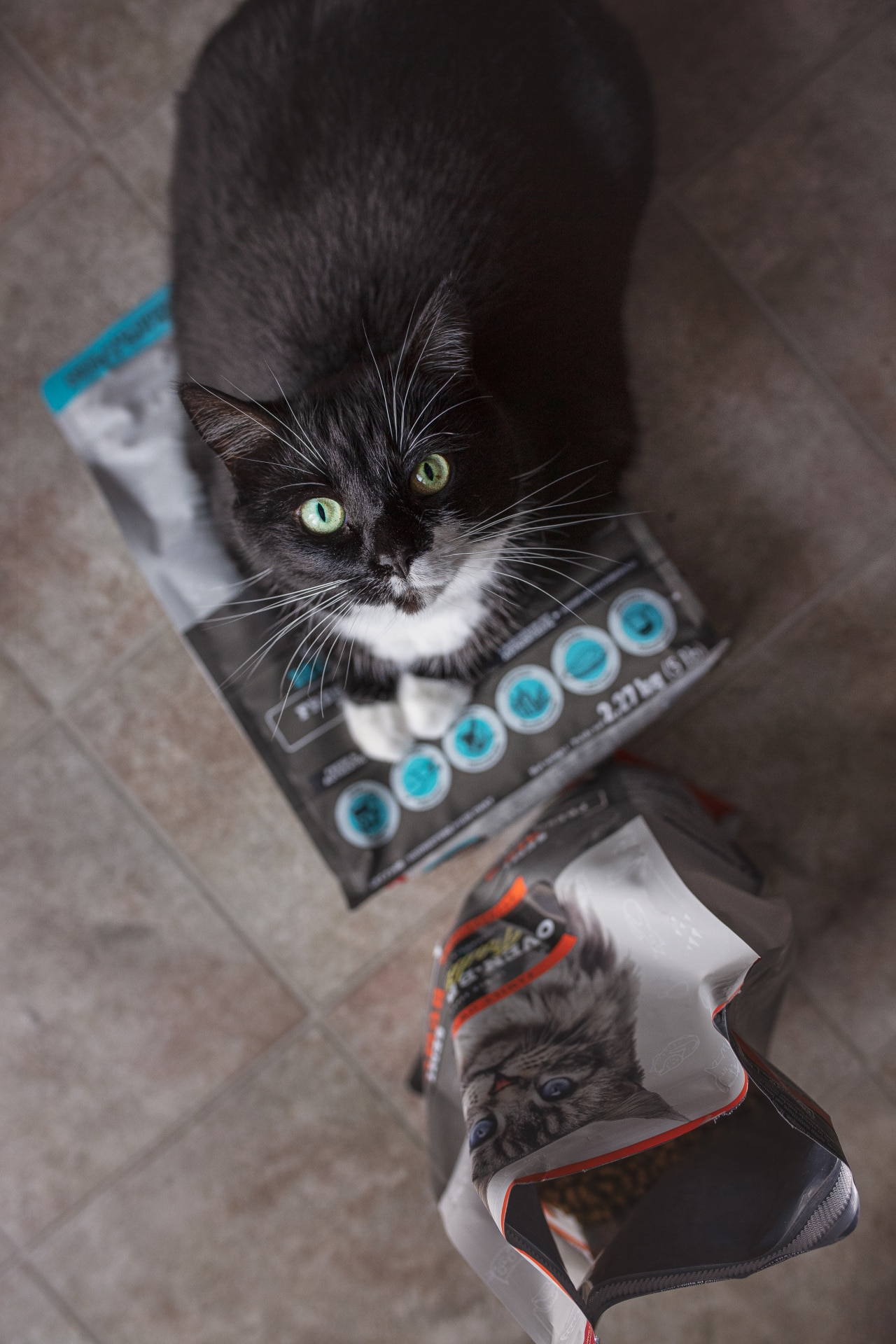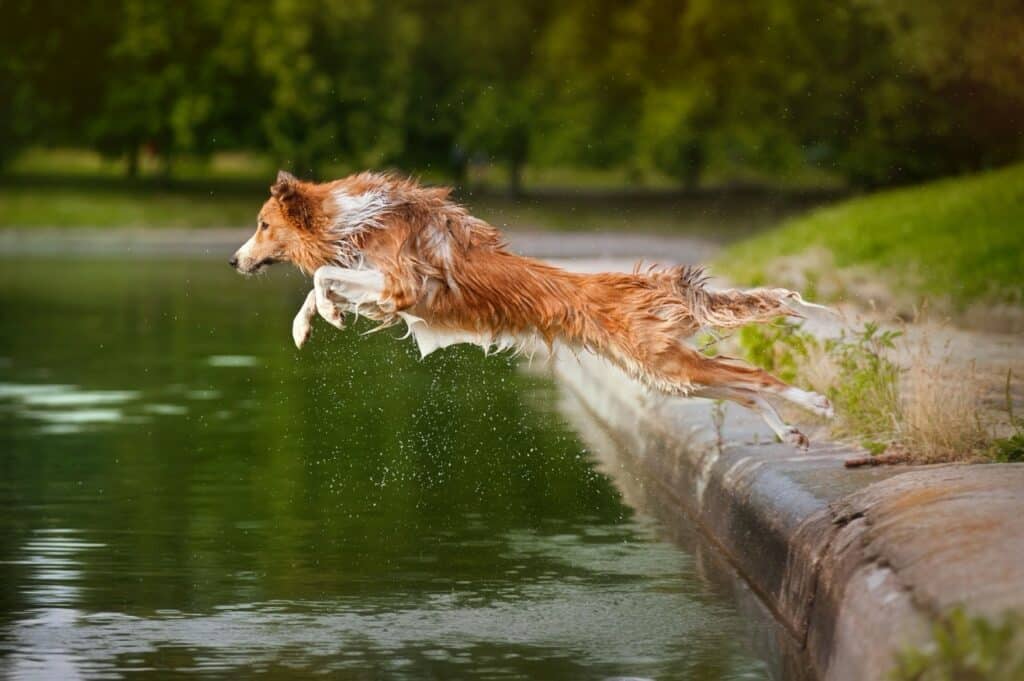
What is more worrisome than seeing our pet suffer without knowing the cause, lacking the knowledge to help your animal or to not knowing how could it have been avoided? Summer is here and heat waves will occur. Enjoy the summer weather with moderation and also keep your fur friends safe!
Dogs and cats don’t sweat like us. It’s much harder for them to withstand the heat than humans. The body temperature average for cats is 38.6°C and 38.9°C for dogs. Heatstroke happens when a pet suffers from severe hyperthermia, which is defined by a body temperature above 40.5°C.
How it can be avoided
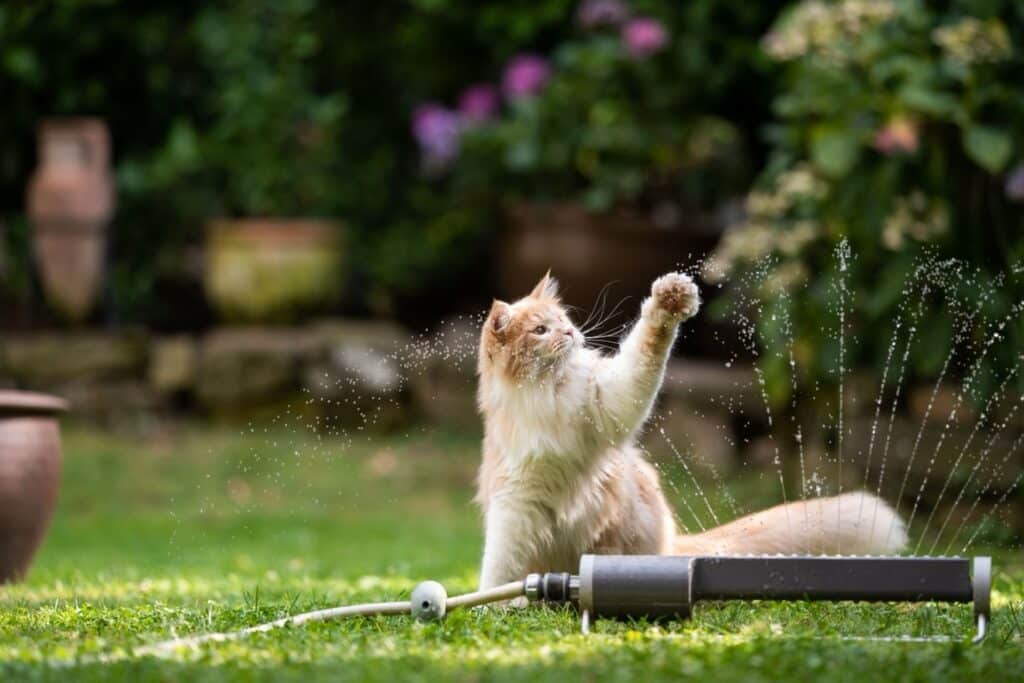
Never leave your pet alone in a car, even with the windows open.
When a heat wave is expected, prioritize early morning and late evening walks.
Keep your pet well hydrated by giving it full access to fresh water.
Provide your pet with shady places to rest.
Prioritize moderate and short-duration aquatic activities.
Be even more careful with pets at risk, like brachycephalic breeds, youngsters, seniors, and those with specific medical conditions such as cardiac, respiratory, obesity, etc.
When in doubt, let your companion rest inside the house.
How to recognize a heatstroke
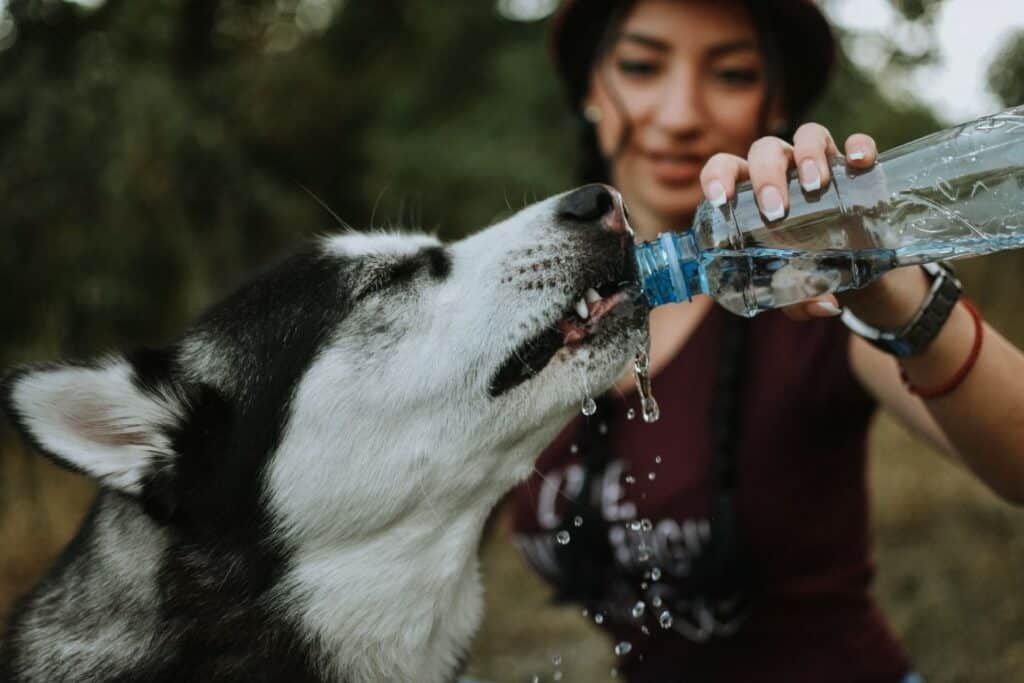
You may notice symptoms like marked and abnormal panting, apathy, hypersalivation, difficulty to walk or a body temperature above 40.5°C.
When symptoms worsen, you may notice diarrhea, vomiting, discolouration of the gums, dehydration with pale and dry mucous membranes, tachycardia, weak pulse, clotting disorders (bleeding) or neurological symptoms such as loss of consciousness, tremor, seizures and coma.
Everyone needs to quickly react before it becomes a cardio-respiratory arrest.
What to do in case of an emergency
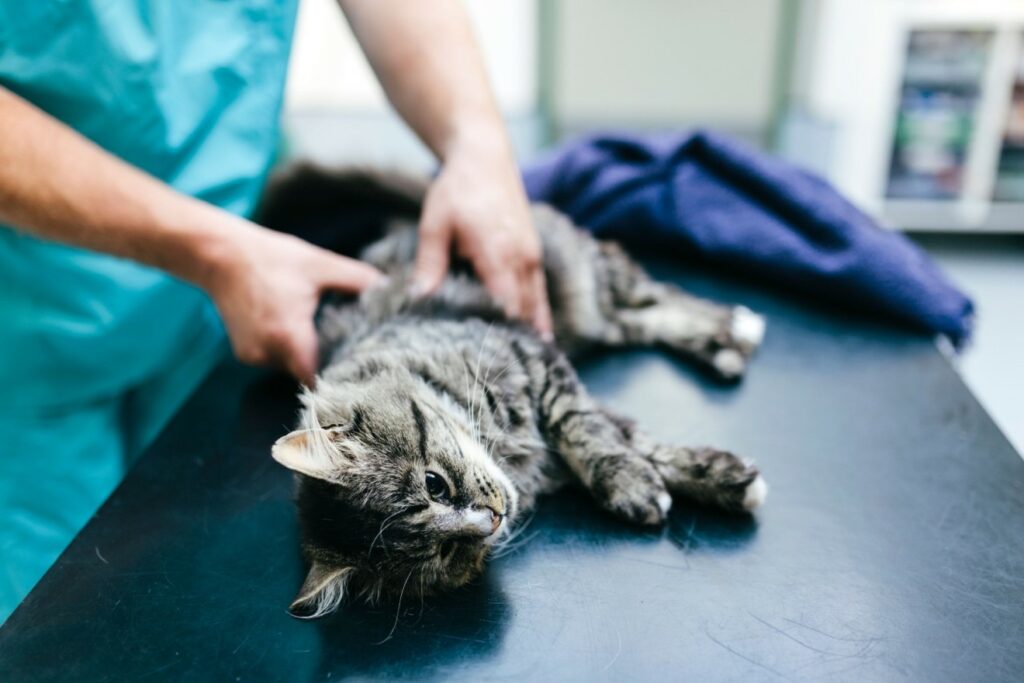
Find a shaded and well-ventilated area. Gradually wet the pet with lukewarm water and cover your pet’s body with a wet towel. Maintain these steps until normal body temperature is reached. Do not use ice water because this will cause vasoconstriction, which will prevent heat removal.
Bring your pet to the vet clinic as soon as possible. He will be able to initiate an intravenous rehydration protocol and check whether additional interventions are necessary in case of cerebral edema, renal failure, heart problems, etc.
It’s important to monitor your pet for several days after a heatstroke. Signs of complications affecting vital organs may appear up to 5 days after the incident.

